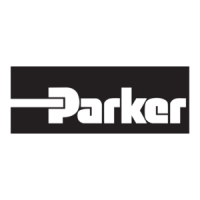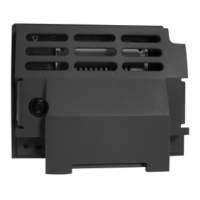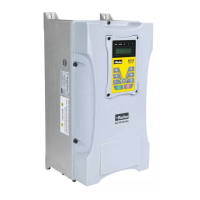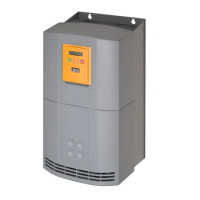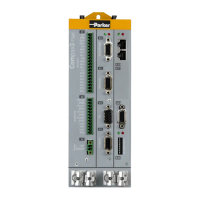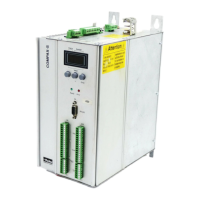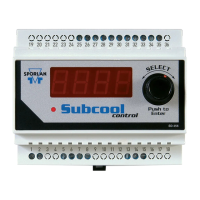18
P1D Cylinder
05.03
www.parker.com/euro_pneumatic
Introduction to the ATEX directive
Explosive atmospheres
Directive 94/9/EC defines an explosive atmosphere as a mixture of:
a) flammable substances – gases, vapours, mists or dusts
b) with air
c) under specific atmospheric conditions
d) in which, after ignition has occurred, combustion spreads to the
entire flammable mixture
(NB: with regard to dust, it may be that not all dust is combusted after
ignition has occurred)
An atmosphere with the potential to become an explosive atmosphere
during operating conditions and/or under the influence of the
surroundings is defined as a potentially explosive atmosphere.
Products covered by directive 94/9/EC are defined as intended for use
in potentially explosive atmospheres.
Harmonised European ATEX standard
The European Union has adopted two harmonised directives in the field
of health and safety. The directives are known as ATEX 100a and ATEX
137.
Directive ATEX 100a (94/9/EC) lays down minimum safety requirements
for products intended for use in potentially explosive atmospheres in
European Union member states. Directive ATEX 137 (99/92/EC) defines
minimum requirements for health and safety at the workplace, for
working conditions and for the handling of products and materials in
potentially explosive atmospheres. This directive also divides the
workplace into zones and defines criteria by which products are
categorised within these zones.
The table below describes the zones in an installation where there is a
potential for explosive atmospheres. The owner of the installation must
analyse and assess the area in which the explosive gas/dust mixture
may occur, and if necessary must divide it into zones. This process of
zoning then allows the correct plant and equipment to be selected for
use in the area.
The ATEX directive has been in force throughout the European Union
since 1 July 2003, replacing the existing divergent national and
European legislation relating to explosive atmospheres.
Please note that for the first time, the directive covers mechanical,
hydraulic and pneumatic equipment and not just electrical equipment as
before.
With regard to the Machinery directive 98/37/EC, note that a number of
external requirements in 94/9/EC refer to hazards arising from potentially
explosive atmospheres, where the Machinery directive only contains
general requirements relating to explosion safety (Annex I 1.5.7).
As a result, directive 94/9/EC (ATEX 100a) takes precedence over the
Machinery directive with regard to explosion protection in potentially
explosive atmospheres. The requirements in the Machinery directive are
applicable to all other risks relating to machinery.
Zones Presence of potentially explosive atmosphere Type of risk
Gas Dust
GD
0 20 Present continuously or for long periods Permanent
1 21 Likely to occur in normal operation occasionally Potential
2 22 Not likely to occur in normal operation but, if it does occur, Minimal
will persist for a short period only
Zone 1
Category 2
Zone 2
Category 3
Zone 0
Category 1
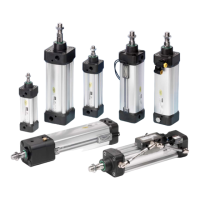
